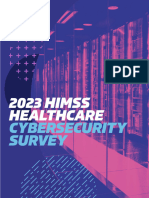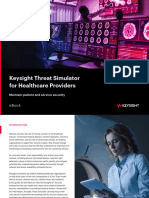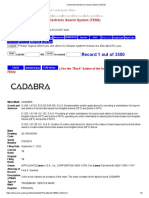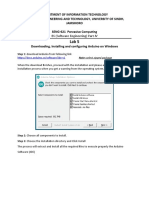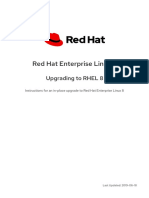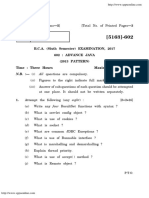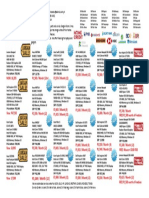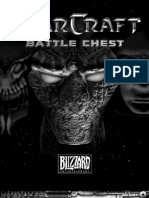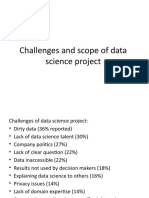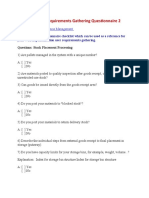0% found this document useful (0 votes)
16 views3 pagesFramework Development
The document outlines an AI-Powered Cyber Resilience Framework for hospitals, focusing on risk management, protective measures, detection, response, and recovery strategies for Internet of Medical Things (IoMT) devices and hospital IT systems. It emphasizes the use of AI for threat intelligence, access control, anomaly detection, incident response, and business continuity. Additionally, it provides steps for utilizing CAIRIS to enhance the framework through threat modeling, risk assessment, and security requirements modeling.
Uploaded by
frienditeglobCopyright
© © All Rights Reserved
We take content rights seriously. If you suspect this is your content, claim it here.
Available Formats
Download as PDF, TXT or read online on Scribd
0% found this document useful (0 votes)
16 views3 pagesFramework Development
The document outlines an AI-Powered Cyber Resilience Framework for hospitals, focusing on risk management, protective measures, detection, response, and recovery strategies for Internet of Medical Things (IoMT) devices and hospital IT systems. It emphasizes the use of AI for threat intelligence, access control, anomaly detection, incident response, and business continuity. Additionally, it provides steps for utilizing CAIRIS to enhance the framework through threat modeling, risk assessment, and security requirements modeling.
Uploaded by
frienditeglobCopyright
© © All Rights Reserved
We take content rights seriously. If you suspect this is your content, claim it here.
Available Formats
Download as PDF, TXT or read online on Scribd
/ 3



































